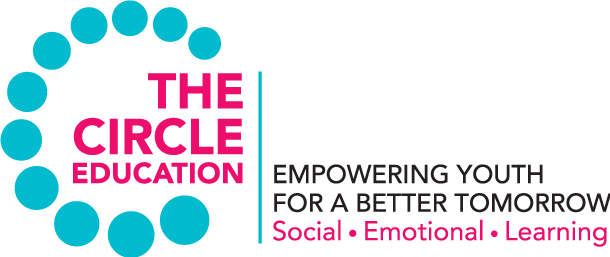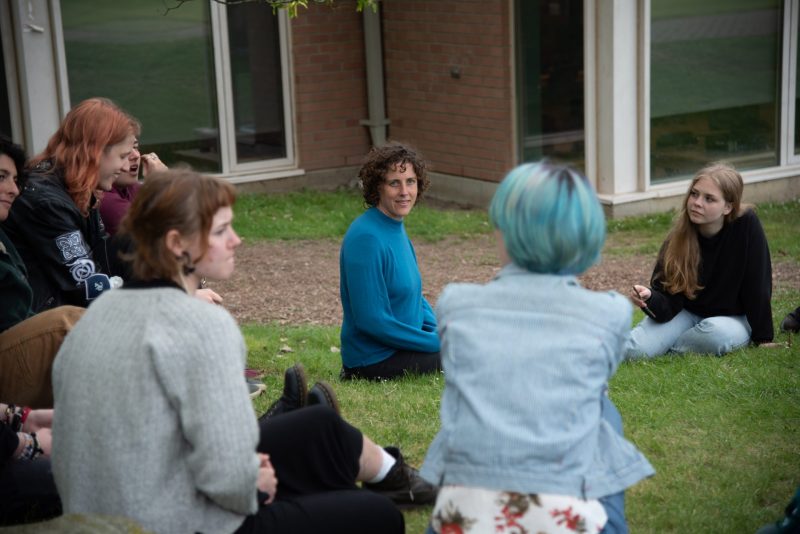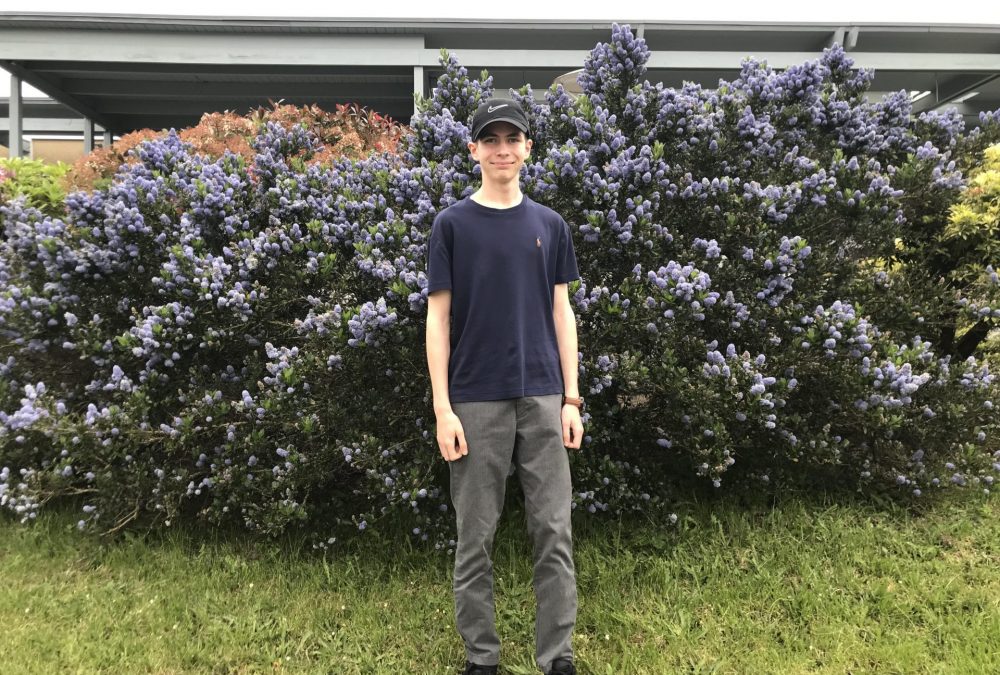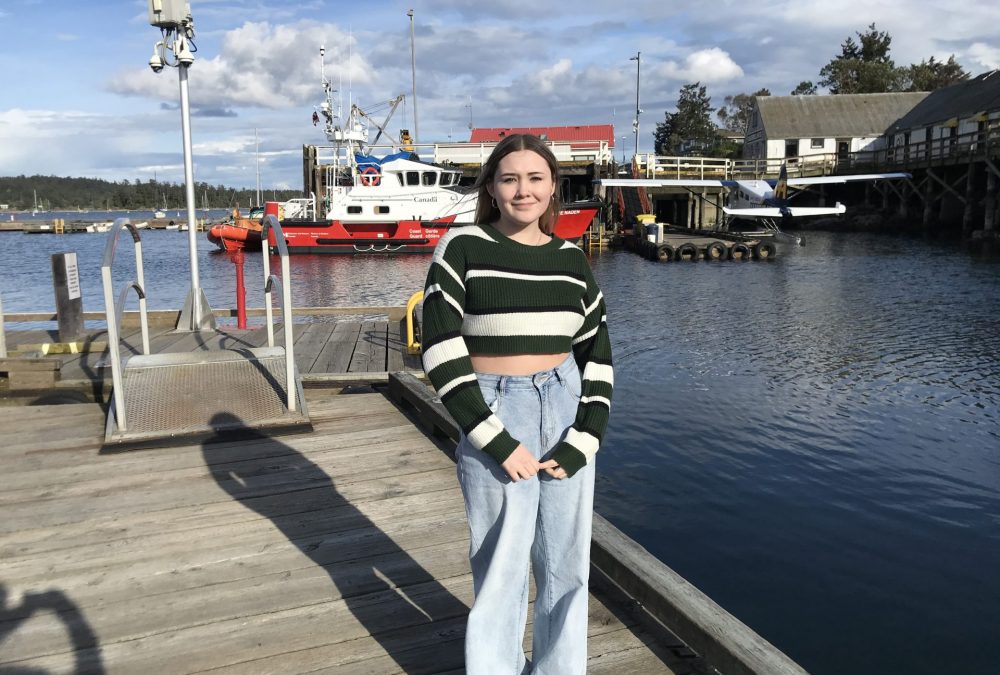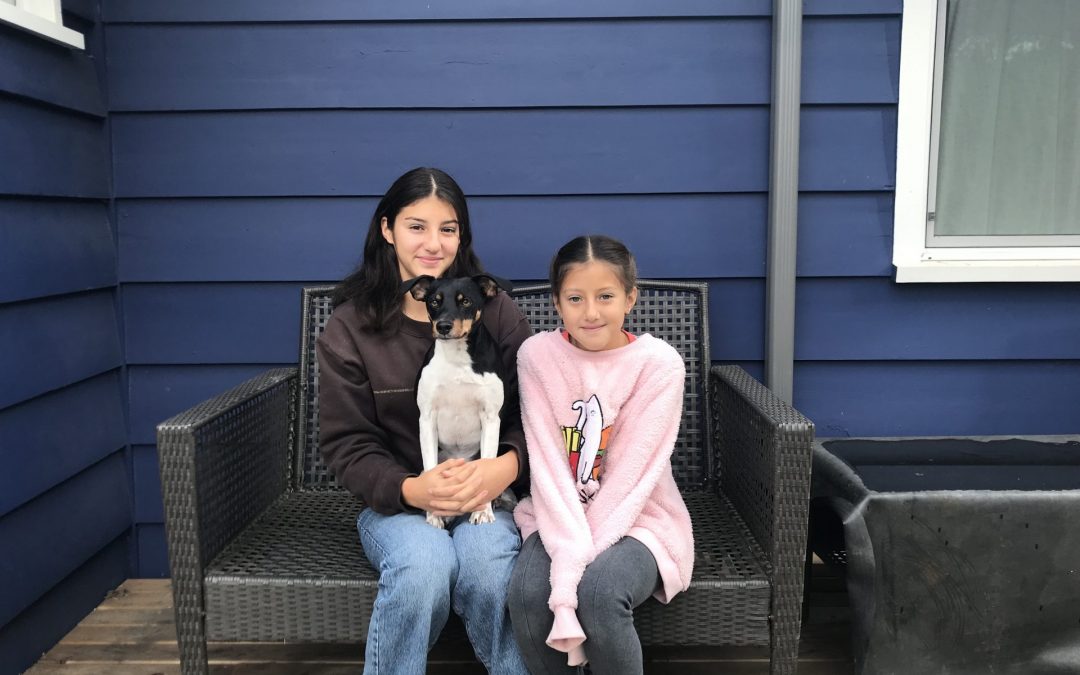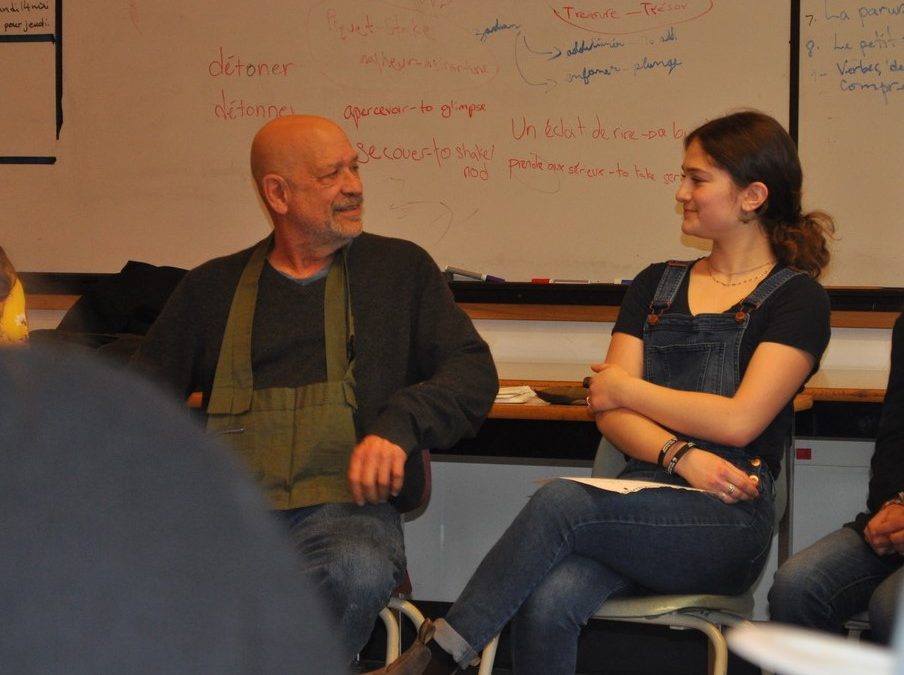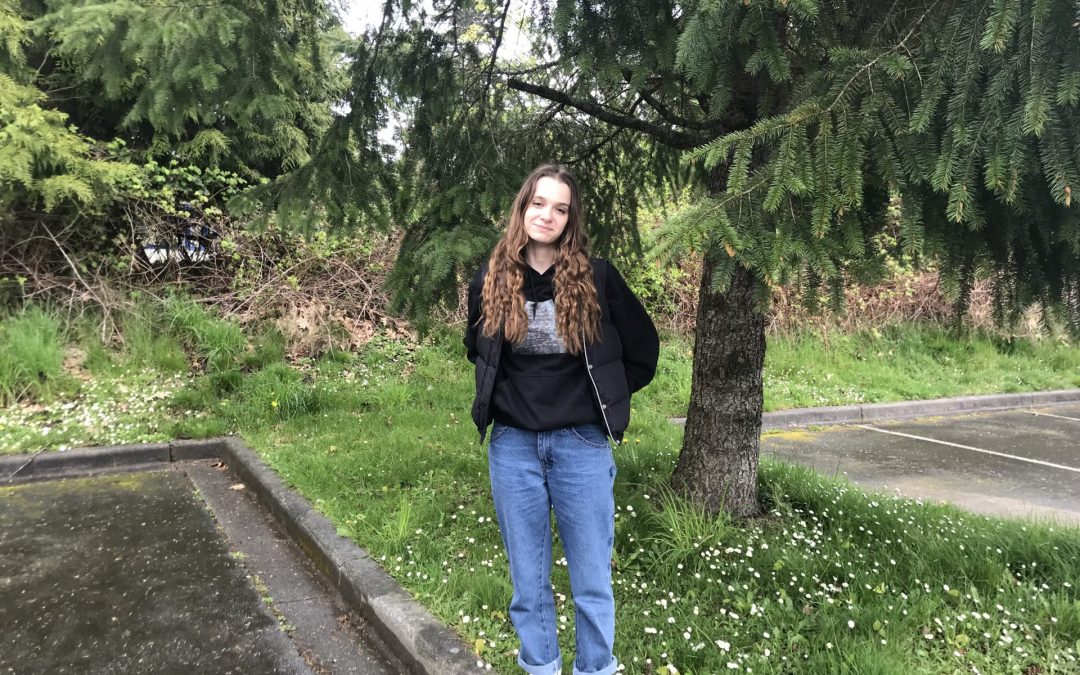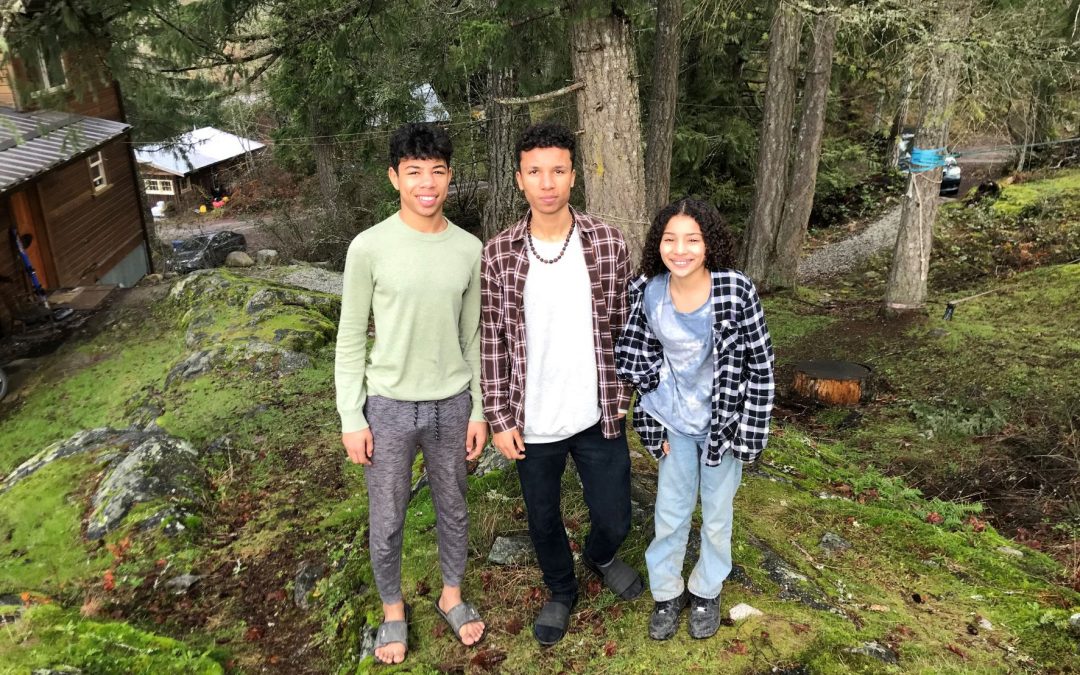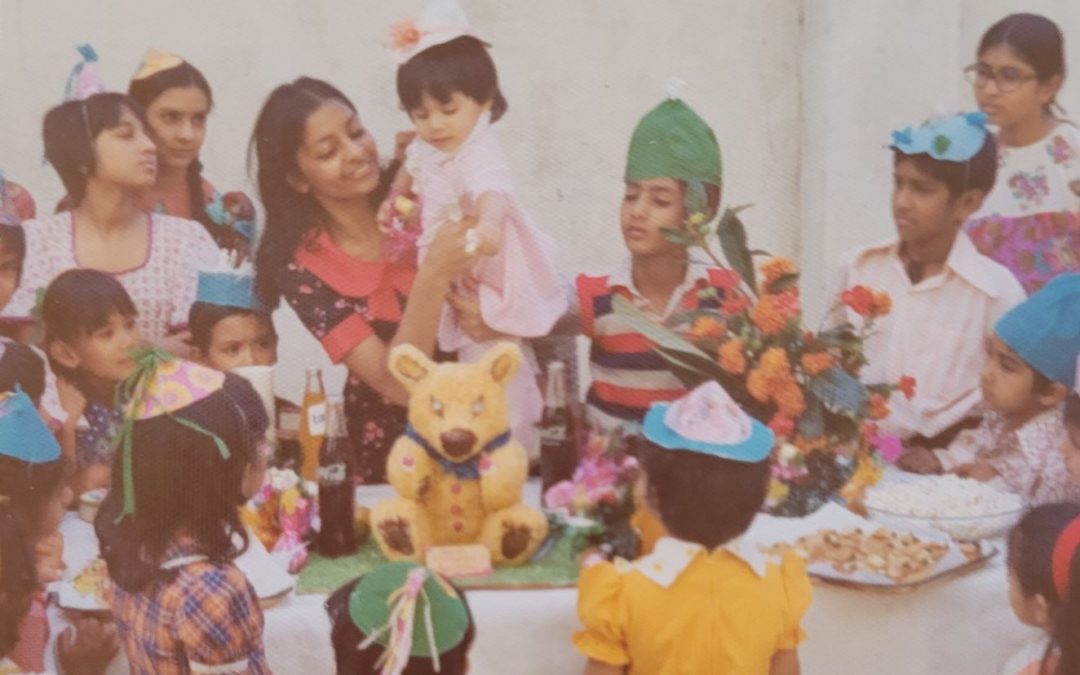This is the final reflection to the Circle Education’s “Connecting the Dots”, a series to acknowledge World Day for Cultural Diversity for Dialogue and Development. Kate Nash, who leads our youth programs in School District 64, knows how important open dialogue is. Even when it feels uncomfortable.
Imagine a school with plenty of light, plants and bright art on the walls. It is hard for such an environment to not inspire feelings of joy, comfort and belonging. The things we see have an impact on how we feel. You can imagine how it felt when I walked in one Monday morning and noticed small swastikas scribbled onto the vending machines.
There are two ways to respond to such a situation; one is to remain open and curious and the other is to blame and shame. While the latter drives people closer to their prejudices in an act of defense, curiosity cultivates conversation.
As a facilitator for The Circle Education, I deliver social-emotional programs to kids in our school district. I connect with over 300 students every year. Needless to say, I spend a lot of time in schools. This was the first time I encountered such an act of ignorance and disrespect. How could I stay curious?
The teacher was in the classroom when I arrived for my first session of that day, though the class was still away at gym. It was a good chance to check in. Did something come up in between sessions, in the halls, or in class?
The teacher told me about the swastikas right away and I asked her if the students mentioned it in class? She said that she wasn’t sure how to bring it up, that she didn’t want to draw attention to it, or make the students feel like she was blaming them. That day I’d planned to talk about labels and I told her that I imagined it would come up.
No matter how many times I lead a session on labels, I am always surprised by how engaged students become. Speaking to the topic of labels seems to somehow open the gate for feelings and thoughts that might otherwise seem off-limits. In my experience, youth want to speak about the uncomfortable things, and this makes sense as they are still learning and trying to figure out their worlds. No thanks to the internet, they are inundated with so many different perspectives, ideas and information, not all of which are true and many of which are harmful. They want to mention the unmentionable, it can just seem so hard, so confusing, to bring it up. I have noticed that if I make space, what needs to be talked about will emerge. I felt pretty confident that the topic of labels would be the foundation required to speak about the swastikas. I was curious to see what would bubble up.
We started by gathering in a circle, and after introducing the session topic and checking in with the class, I led with curiosity.
What are some labels that you see in your school? I asked.
At first, they mentioned directional signs, like bathroom and office signs. Then they spoke about the labels of being in French Immersion vs English. Eventually, students mentioned the swastikas.
How does that make you feel? Why do you think someone is doing that?
“I feel really uncomfortable seeing them. I think some kids are racist,” said one youth.
“I didn’t notice. It’s probably a joke,” said another.
“I don’t really understand it, but my friend was really upset,” said a third.
“I think that some kids will do anything for attention,” a boy said.
“And just want to be seen as, like, rebellious or something,” his friend added.
It is no wonder that we make assumptions, hurt others, have prejudices. We each have our unique feeling about the same experience. I think it is easy for us to assume that others see things as we do. But when you ask a question of a group, with no right or wrong answer, suddenly the breadth of perspectives is as varied as the people in the room.
I continued to lean in.
How could that act of rebellion actually create harm? What kind of harm was created? I asked the class.
Fear, shame, discomfort. The students spoke to the fact that that sort of vandalism elicited a feeling of “us” and “them”. It made some people feel they were less than others, or a target, and that made coming to school feel less safe than before. Even if it was rebellious, they didn’t feel it was okay to hurt ignorantly. Now we were having a conversation about the impacts of our actions.
We never did come around to who drew those swastikas. I am not sure it really matters. In this instance, I think what was more important, was to provide the space for an important “curious” conversation to occur, without finger-pointing and shame. If the culprits of the vandalism were in that class that day, they would have seen the impact of their actions far greater than if they were suspended or had to stay after class. In having this conversation, those harmfully impacted were given the opportunity to have a voice about the impact on them, and those who created harm listened respectfully and learned.
As someone who talks with young people all the time, I have learned how important it is to stay curious, even in situations where the context might be hurtful. This is how learning occurs. When we as mentors to our youth, show up with interest, we allow the space for youth to articulate and understand the implications of their actions/words, speak to their fears and prejudices, and explore ways to reconcile them. What an opportunity we would have missed if we didn’t have this conversation that day.
